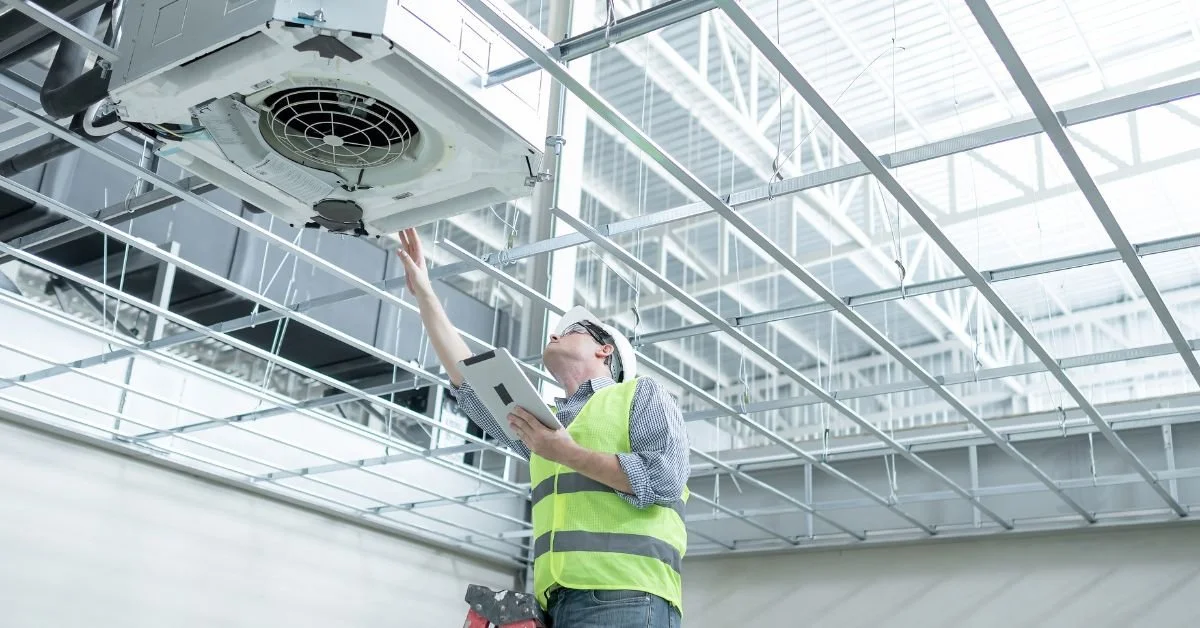Maintaining Your Fireplace For Max Home Value
How Fireplace Maintenance Increases The Value Of Your Home
As winter months draw closer, we tend to look for the best ways to heat up our homes. A heater is generally considered a common option. These devices are plugged into the wall and will start to increase the temperature of the area around them in a few minutes. On the other hand, a heater also uses a lot of electricity. Running a standard 1,500-watt heater for a period of 24 hours would cost you $7.20. Larger homes would need bigger heaters, and the costs can quickly count up.
Adding a fireplace is a great alternative, especially if you ever plan on selling your house. Let’s take a look at what a fireplace can do for your house, and how to properly maintain this new addition.
How Does A Fireplace Affect Your Home’s Value
There are different reasons people consider adding a fireplace to their home. While it is obvious that this addition will help you keep your home warm during those cold days, the value of your building can be affected in the process.
Many realtors suggest that the installation of a fireplace in a building can be a positive factor. It has been found that this simple part of a home adds to the overall value and the final selling price the owner can expect.
According to one particular report, homeowners can often get a higher resale value of 6% to 12% more than the initial price when they add a fireplace. Experts also report that homeowners can easily recover all of the funds that they spend on the installation of the fireplace when they sell their homes. In fact, many homeowners report recovering more than 100% of the funds they spent on the entire process.
Fireplace Maintenance Tips
Once a fireplace has been installed, you are likely going to start using it on a regular basis during colder periods of the year. Consistent use of the fireplace can be beneficial for the temperature in your home, but this also means you need to ensure you implement appropriate maintenance steps. Taking proper care of your fireplace is not only important to ensure it provides you with sufficient functionality, but also to get maximum value should you decide to sell your home in the future.
We share a few tips that will help you take proper care of your fireplace. Each of these tips plays an important role, which is why you need to create a complete routine with multiple steps involved.
Inspect The Cowl
The upper part of the fireplace is called the cowl. This part of the fireplace is generally located at the chimney part. The cowl has two important functions. It helps to keep wildlife out of your chimney. This ensures birds, squirrels, and general debris in the air are unable to enter your home through the chimney. Additionally, the sides of the cowl are equipped with holes that ensure smoke can effectively escape.
Frequently inspecting the cowl is important, especially if you notice a change in air quality inside your home. Make sure the cowl does not become blocked. Clean it out if a blockage is found.
Choose The Right Wood Type
There are different types of wood that can be used when firing up the fireplace. Many people do not care much for the type of wood they buy. You would visit a local store, pick up a bag of wood, and get the fireplace going. Unfortunately, this can increase the amount of creosote that accumulates inside the chimney. You would then need to get the chimney cleaned more frequently. You may also note that the fireplace produces more smoke - with more escaping into your home instead of moving outside through the chimney.
When buying wood to burn in the fireplace, consider these types:
Oak
Almond wood
Fruitwood
Birch
Maple
These are considered well-seasoned wood. They produce less smoke and cause a reduction in creosote buildup. Avoid woods like spruce and cedar, as well as pine. These are green and softwood options that can cause problems in the long run.
Clean Out The Fireplace
Sure, it might feel like too much effort to clean out the fireplace every night, but letting ashes build up can become a problem. When ashes build-up to the point of the grate, then it causes the structure to wear out quickly. Instead, simply leave behind a layer of ash that measures about one inch during the seasons you are using the fireplace. Scoop up any extra ashes. During the warmer seasons throughout the year, remove all ash from the fireplace. Ashes are highly acidic. This means they tend to attract moisture.
Cleaning The Chimney
In addition to cleaning out the fireplace, you also need to ensure that you clean the chimney on a regular basis. If you do not have the appropriate equipment, you might want to consider hiring a professional chimney cleaning company. These companies have all the equipment needed to effectively clean the chimney. Note that over time, debris and creosote build-up on the inner walls of the chimney. These can cause the chimney to become clogged, as well as lead to other potential problems - such as poor indoor air quality. By getting the chimney cleaned frequently, you can avoid these problems. This also means the structure of your chimney will not suffer damage over time - which is something that can negatively affect the value of your home.
Conclusion
The addition of a fireplace to your house creates a convenient way to heat things up during winter, but can also deliver additional benefits. Some realtor experts have found that a fireplace increases the value of a home. Proper maintenance following installation is important, as this will ensure you get maximum value out of this addition.






